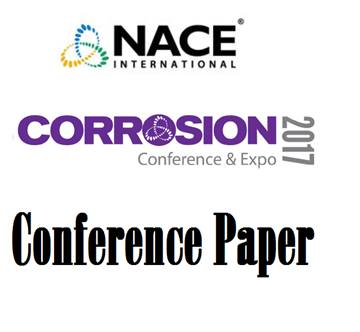Search
Conference Papers
View as
Sort by
Display
per page
Using Failure Analysis to Optimize Corrosion Mitigation Costs
Product Number:
51321-16208-SG
Publication Date:
2021
$20.00
Using Flexible Steel Pipe to Rehabilitate Aging Pipelines
Product Number:
51323-19013-SG
Publication Date:
2023
$20.00
Using Forensic Science to Determine Causes of Failures of Polymeric Coatings
Product Number:
41215-875-SG
Publication Date:
2015
$20.00
Using Galvanic Modeling and Aerosol Spray Testing to Understand How Changes in Salt Loading Can Impact Atmospheric Corrosion
Product Number:
51323-18961-SG
Publication Date:
2023
$20.00
Using Guided Waves Testing (GWT) for the Integrity Inspection of Pipelines
Product Number:
51324-20599-SG
Publication Date:
2024
$40.00
Using Lead Abatement Contractors for Surface Preparation on Commercial Properties - The Consequences of Sacrificing Quality for Safety
Product Number:
51216-012-SG
Publication Date:
2016
$20.00
Using Long-Term Performance Data for Design of Galvanic Cathodic Protection Systems
Product Number:
51323-19093-SG
Publication Date:
2023
$20.00
Using Machine Learning to Assess Internal Corrosion Constituent Thresholds
Product Number:
51324-20677-SG
Publication Date:
2024
$40.00
Using Peak Density in the Evaluation of the Surface Preparation of Hot-Dipped Galvanized Steel
Product Number:
51219-182-SG
Publication Date:
2019
$20.00
Using Portable Material Property Devices for Pipe Grade Determination
Product Number:
51317--9267-SG
ISBN:
9267 2017 CP
Publication Date:
2017
$20.00
Using Robotic Inspection for Flare System to Avoid Plant Shutdown
Product Number:
MPWT19-14300
Publication Date:
2019
$0.00
Using Simulation to Understand the Difference Between Corrosion in Atmospheric Environments and Chamber Tests
Product Number:
51319-13242-SG
Publication Date:
2019
$20.00














